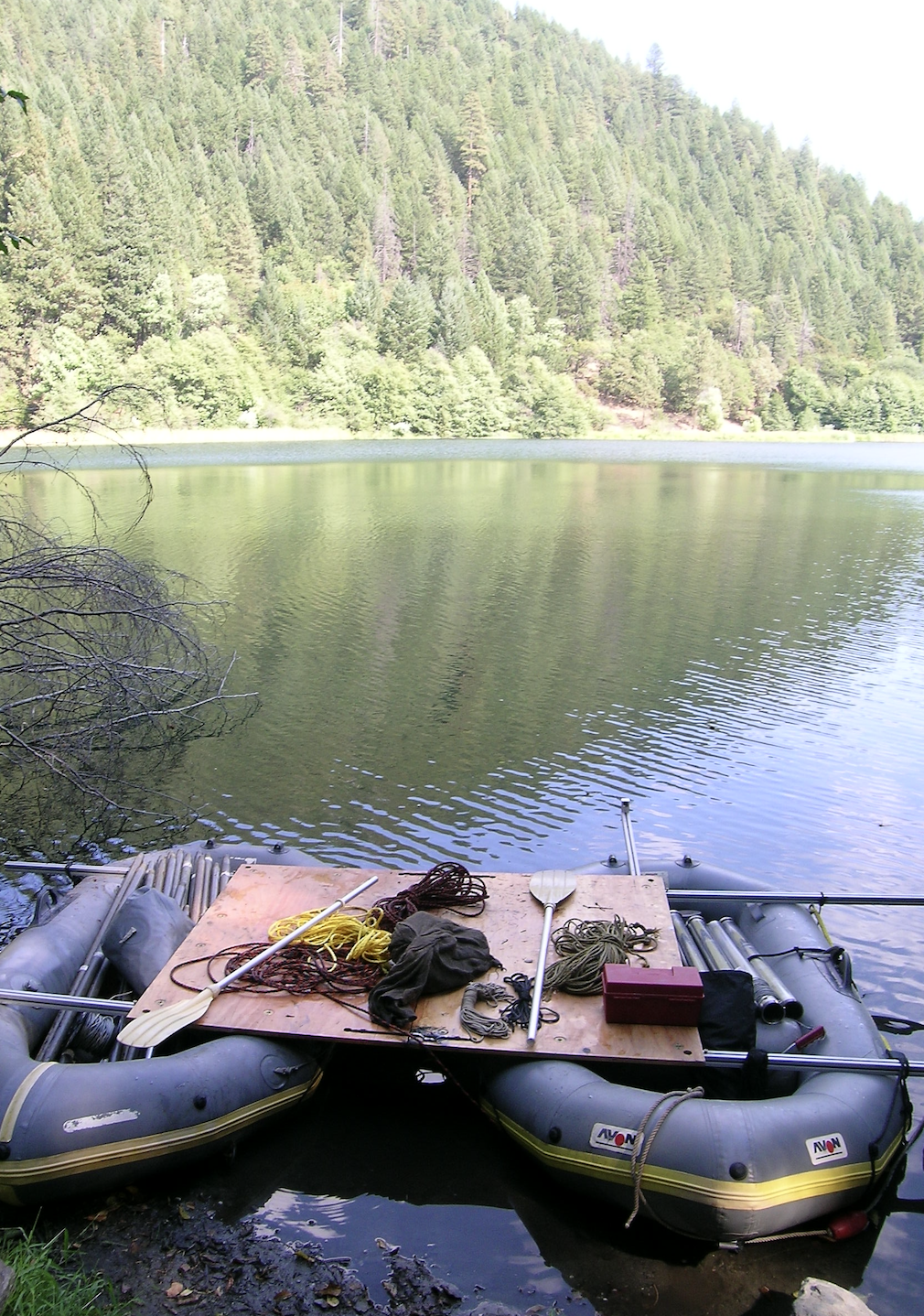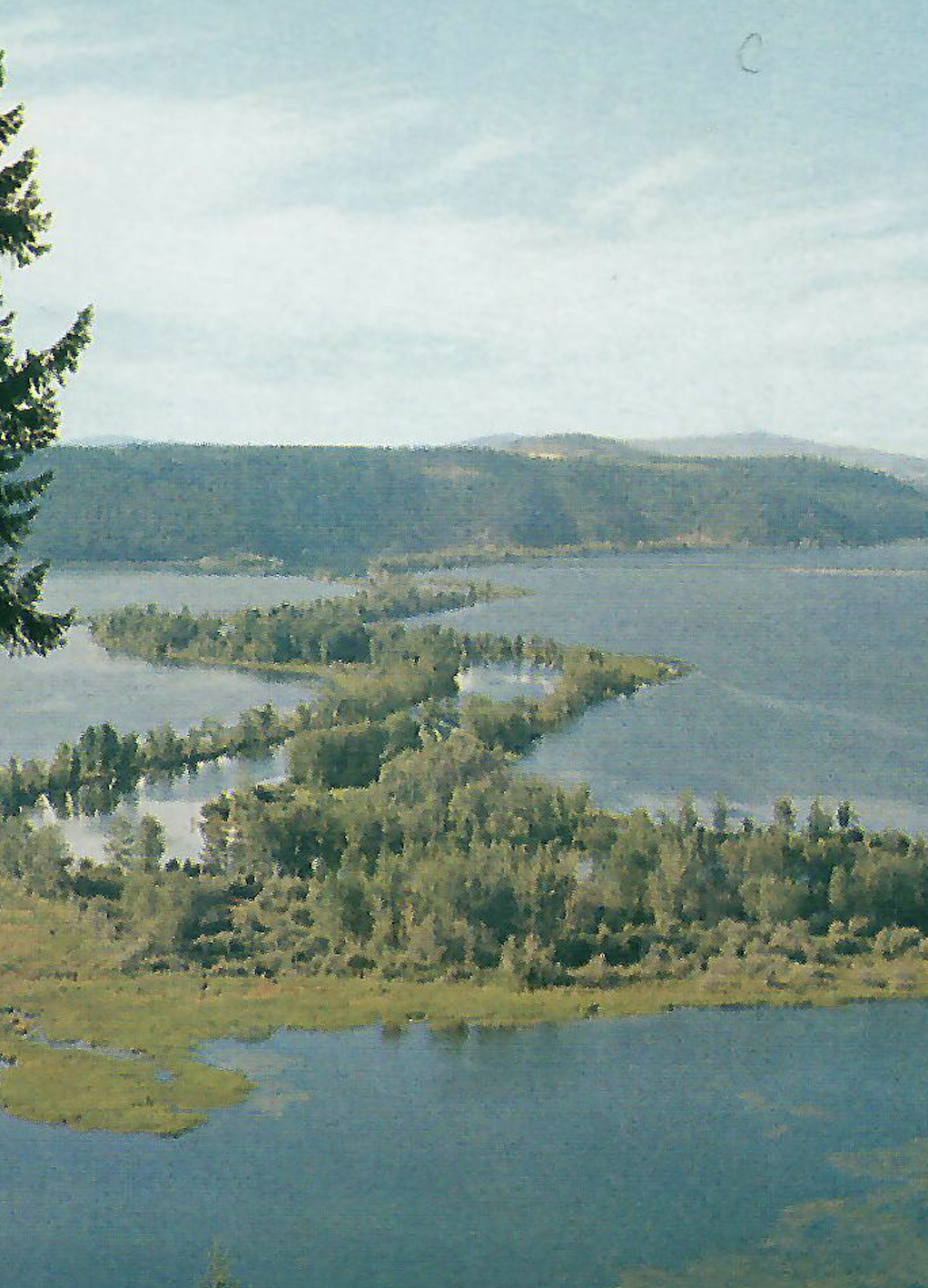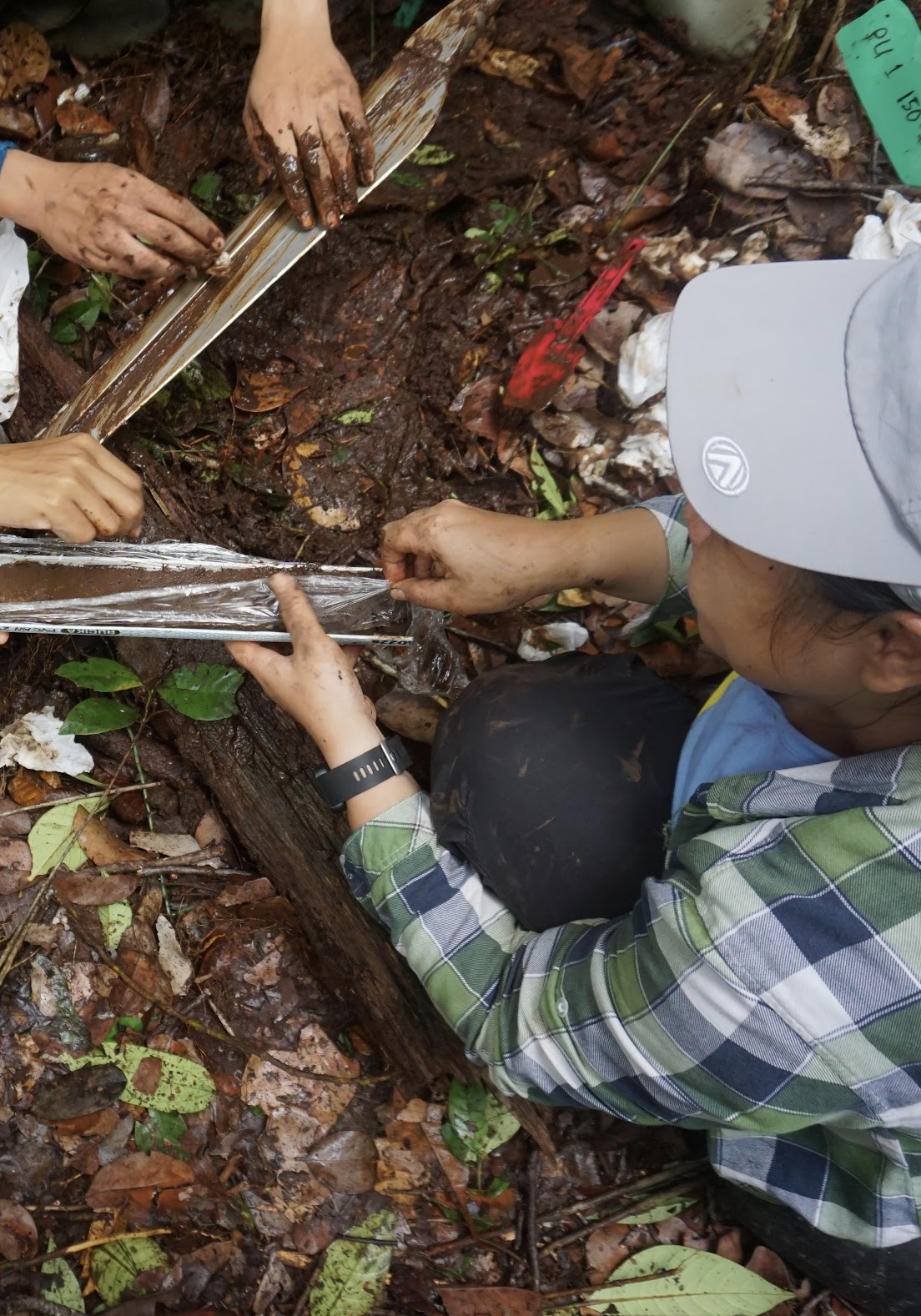Paleoecology Lab - University of Oregon
Current Research
 |
Paleoenvironmental reconstructions to understand historical range of variability in geomorphic and ecological processes
The historical record of weather, climate, and landscape change, usually less than 100 years long, is too brief to constrain the types of conditions
expected under climate change, even in the near future. The paleoecological record is an essential component
to observe functional responses of natural systems to changes in climate much greater than recently experienced. We collaborate
with earth scientists and taxonomic specialists to tap the range of information available in the Quaternary sediment record
|
 |
Aquatic system response to climate change and pollution history
Lake sediments preserve records of both upland and aquatic ecosystems. In most lakes, sediment mass is mainly aquatic productivity. We assay the
composition of limnic sediment to assess aquatic productivity history via diatom content, organic content and its stable isotopes and C:N ratio, detrital mineral content, etc.
|
 |
Fire ecology of the western Oregon Cascade Range
The massive fires of Labor Day weekend in 2020 changed the forest landscape of western Oregon, due to extremely high winds causing
power-line ignitions and subsequent high fire severity. While the recent historical record provides some precedent for these fires
the trajectory the landscape takes during succession (outside of plantation areas on most private land) is largely speculative, including the rapid return of
high fire hazard as shrubs colonize these previously dense forested areas. With funding from Pacific Northwest Climate Adaptation Center and
collaborators at OSU, PSU, and Cal State Humboldt, we are surveying burned areas for the fuel and plant diversity returning to these areas. |
 |
Tropical peatland history
Peatlands are massive carbon reservoirs that are at risk of loss; much has been lost already to development and agriculture. Peatlands also are a paleoenvironmental
archive in the tropics where lake sediments are absent. With Indonesian collaborators I am interested in inferring what we can learn from the climate
history of the tropics and the geomorphic and climate factors that have led to the formation of tropical forested peatlands.
|
Past Research Projects
 |
Forest responses to climate change
Species will shift their ranges in response to future climate
change but the mode and tempo of such changes is largely speculative. The duration of migrational lags
depends upon dispersal rates dispersal distances (existence of refugial or disjunct
populations) and colonization success. We address
these biogeographical questions using a retrospective approach
involving statistical treatment of pollen and
macrofossil data and quantitative climate reconstruction using a
variety of paleoclimate proxies from lake sediments. Specific projects
under this theme include:
|
 |
Forest disturbance regimes: a long-term perspective
The historical range of variability of disturbance regimes is an important baseline to guide ecosystem
management and to aid studies of ecosystem dynamics and species coexistence. For forest disturbances
the observational record does not adequately characterize this variability over time
spans relevant to tree life cycles. Paleoecological methods provide unique long-term data
for reconstructing disturbance regimes.
|
 |
Tree-ring records of forest growth and disturbance dynamics
A persistent challenge to the study of growth rates of tree species is attributing causal factors to long-term
growth trends. Factors affecting growth rates vary from simple mechanisms such as stand dynamics and the natural growth trends of
trees to insect outbreaks, soil nutrition, climate, and interactions of all these factors.
|